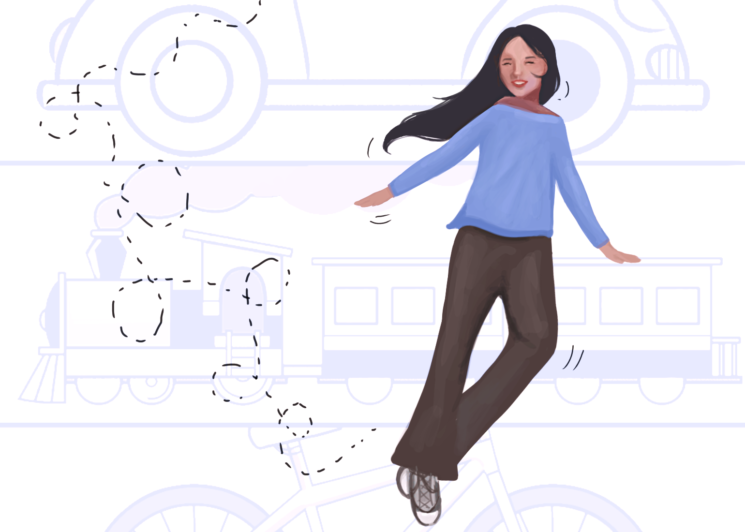
By Myra Chen
The Olympic Games are arguably the most anticipated international sporting event. Divided into summer and winter competitions, there is an opportunity for all athletes to shine with an array of 40 different disciplines in the water and on land. Skatingboarding, gymnastics, skiing, fencing, taekwondo, soccer, track and field, race walking, volleyball — to name a few. Among the aerobic exercises, there is a missing link between race walking and running: skipping.
If we take a time machine back to the happiest moments of our childhood, many would think of the time we spent traipsing through playgrounds and parks, skipping and hopping around. Skipping is not just a loophole for pool deck regulations. In fact, it is a hint that children’s instincts are better than we think.
Many runners face injuries in their track career, most commonly in their lower body joints due to the absorbed impact with harder strides. The knee power of the running gait, the cycle of leg movements within each step, is highest compared to other gaits. As a result, the harsh forces and constant pressure on these areas make runners prone to pain in their knees and ankles. Skipping reduces the effects of such setbacks by providing a brief period of rest using momentum from the hops and greater step cadence.
Beyond providing momentary relief between each step, an added bonus is that skippers are able to burn 20% more calories in the process than they would running at the same speed and same distance. Running is a continuous forward motion that efficiently conserves energy by limiting upward movements.
Though skipping may not be the best for long distances as it requires more calf strength to propel the vertical motion, especially in the long run, skipping is simply more fun. Whereas walking often seems boring and running often seems too serious, skipping provides the best of both worlds: the opportunity for skippers to enjoy their surrounding environment but also get to their destination in a timely manner. All while improving mood by releasing endorphins in the brain. Plus, skipping is a display of contagious happiness that is often too enticing to not join in.
Skipping is certainly preferable to dragging your feet on a park stroll or mindlessly trudging across a crosswalk, so why reserve it only for the youth?





